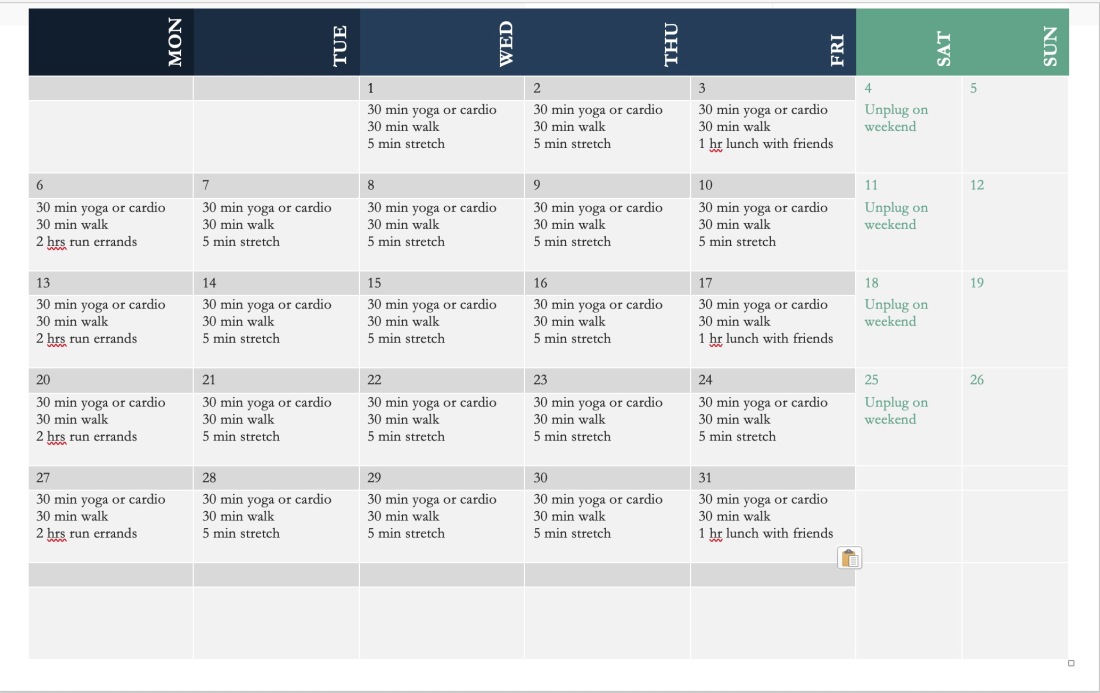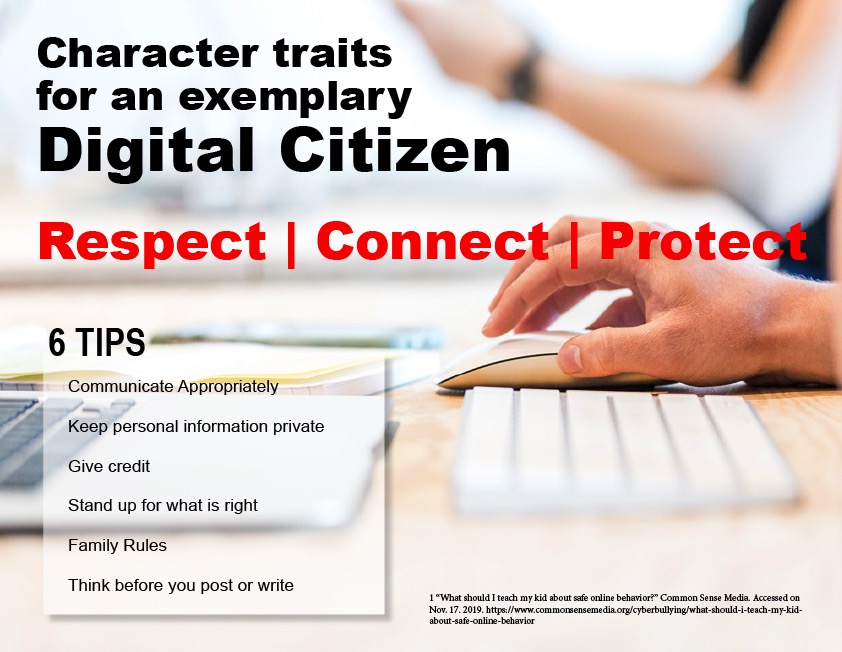
I happened to be watching youtube and came across this youtube video from Sunday Morning on Ken Perenyi. Go figure I found it happens to be a relation of my husband. Second cousin on his mother’s side.
Here is the link to the video Sunday Morning Ken Perenyi
I was interested in the fact that he is such a skilled painter, and had turned his art forgery career into a legitimate business. His paintings are beautiful, and it takes a highly skilled individual to recreate something like that. Plus also make it look like it has been around for ages. The nice thing about anyone that is working currently there is a lot more documentation about what they do. You can even email them to find out more details.
Here is a link to his website. KenPerenyi.com
Below is an interview conducted via email regarding my questions about his art career. I appreciate he took the time to answer them.
- Can you tell us a little about yourself?
I grew up in New Jersey in a town just by the George Washington Bridge. From my earliest years I wanted to live and work in the city across the bridge. As a kid I spent a great deal of the time going over the bridge a just wandering around the streets of Manhattan. I love cities and was a born urbanite. My life growing up there was the greatest gift my parents gave me. I love art ,literature, good movies, I shun all materialism, and lead an ascetic life style.
- What was your first memory of making art?
In 1967 I was 17 years old. I had a chance meeting with an artist and his art world friends who leased a crumbling old mansion perched on the palisades cliffs right near the GW bridge. The artist and his friends were from downtown NYC. The house became my new hangout and I tagged along with my new friends to museums , galleries , art shows and also visiting artists studios in the city. I became fascinated with the paintings I saw , especially in the Metropolitan Museum of Art and believed I understood the way the pictures were painted. I grasped how paint was cleverly and skillfully arranged in order to create the Images the artist desired. In an effort to fit in better with my new friends and be more like one of them I asked the artist Tom Daly for some paints and brushes and discovered a hidden talent for oil painting. And having no other skill to support myself, I worked very hard to make it a career.
- What is your favorite type of art to create?
Period paintings. Mostly 18th and 19th century works.
- What is a day in your life as an artist like?
I have a beautiful old waterfront house . A dream studio for any artist. After breakfast I turn my attention to the current work in progress. Later I search through research material deciding what I will plan next. My work is continual. My whole life has been dedicated to perfecting my techniques in various schools of painting. I eat very light. I watch classic and foreign movies at night.
- Who are some of the artists that you are inspired by?
I very much enjoy the work of James E. Buttersworth, America’s greatest 19th century marine painter. I learned his technique to perfection and create entirely new paintings he would have painted himself. I also love the work of Francisco Guardi , 18th century Venetian view painter. Another who’s technique I have mastered. I also love the work of Martin Johnson Heade, and the British equestrian painter James Seymour. All of which I’ve faked and sold in major auction houses in New York and London.
- How do you stay motivated to keep making art?
I’m always motivated because I found my great passion in life and can’t wait to start another exciting work. The development of talent is infinite. The more I paint, even after 50 years , the more I learn.
- You have a background in art forgery, but today you create legitimate art and sell your work. What have been some of your success in marketing your artwork?
I’m still very much an active art forger. That is my love in life. However today my works are sold as such and it’s totally legal to do so. I create what I consider the most deceptive fakes in the world. Authentic in every way. I guess the publication of my memoir Caveat Emptor that chronicles over 30 years of fooling the experts and laughing my way to the bank, has brought me to the attention of collectors and art lovers all over the world. A website displays various works I offer for sale.
- I’m studying contemporary art and learning about artists like Sherrie Levine. Levine photographed a work by Walker Evans, and proclaimed it her own. It’s odd to me in contemporary art that is celebrated in textbooks, but not considered art forgery. Do you have any thoughts about this?
I have little to do with the contemporary art world. To me it has descended into absurdity. Full of stupid gimmicks, political statements and moronic creations they accept as art.
- How does it work when a collector contacts you initially to purchase a piece?
They view examples of my work on my website and contact me. I provide detailed images, front and back, and also others I might have that are similar. Clients are welcome to visit here to view paintings but mostly all my customers are in other states and the images suffice. Paintings are shipped via UPS upon receipt of check. High class fakes are not cheap. They are complicated constructions that require a very specialized skill not to mention artistic mastery. They are only cheap in relation to the genuine article.
- What is something if you wished you had known when you first started working as an artist?
I should have been more of a social opportunist.
- At the end of your life, you’ve made all the art that you’ve wanted, and you’ve lived a full life. If there could be nothing left behind of your existence, but a note you’ve written with three final truths. What would those truths be?
1) money buys happiness.
2) A fulfilling life is impossible without achievement.
3) find your passion in life.
 1. How did you modify your technology habits?
1. How did you modify your technology habits?




